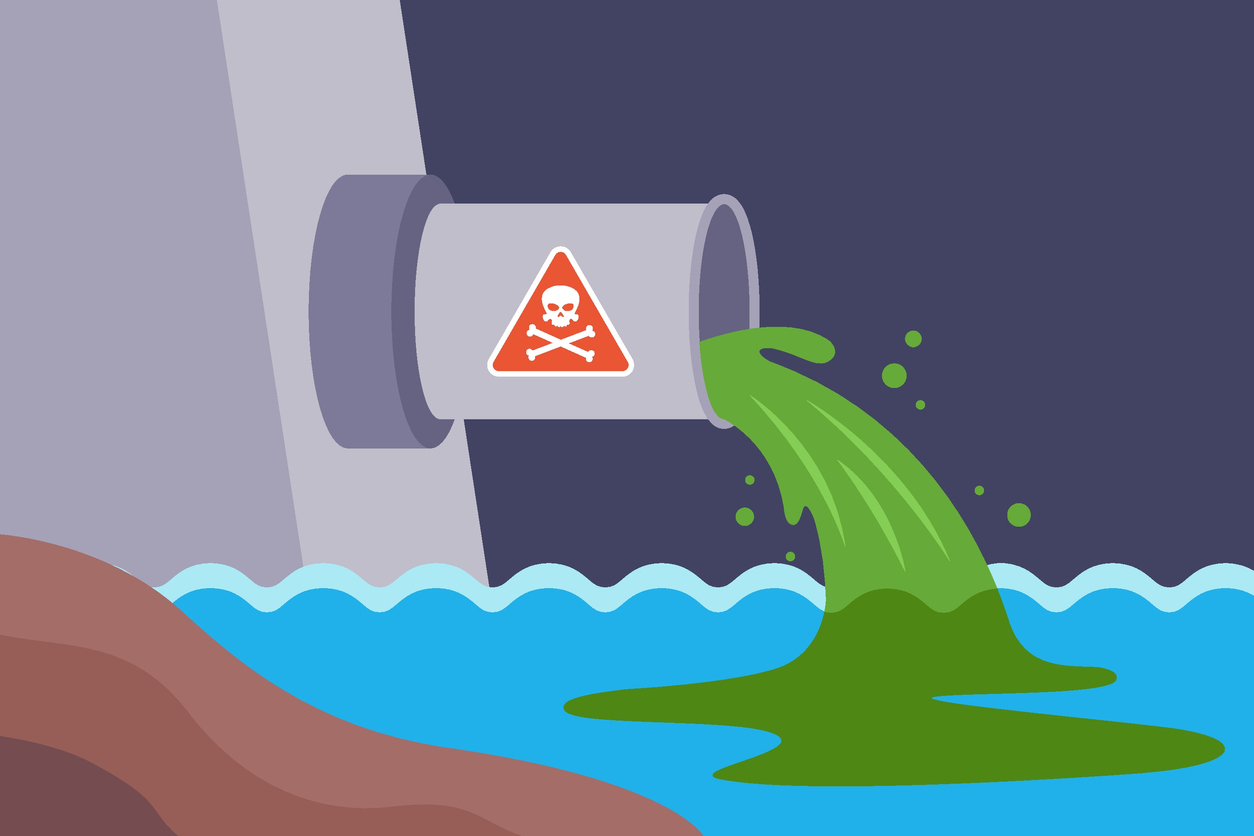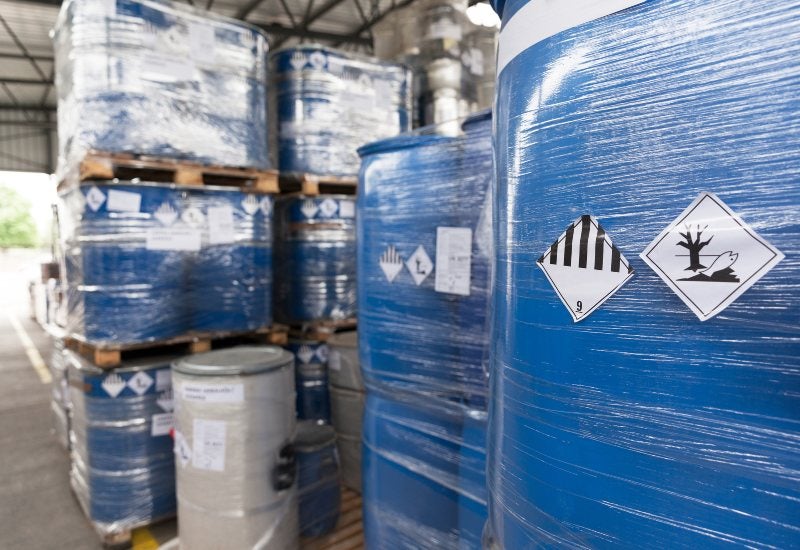Safe and Sustainable Liquid Waste Disposal: Your Go-To Provider
Safe and Sustainable Liquid Waste Disposal: Your Go-To Provider
Blog Article
How Fluid Garbage Disposal Works: A Comprehensive Summary of Techniques and Technologies Used

Summary of Fluid Waste Kind
The intricacy of fluid waste types requires a comprehensive understanding of their features and effects for disposal. Liquid waste can extensively be classified into numerous kinds, consisting of industrial, local, farming, and harmful waste. Each category displays distinctive homes, requiring specific monitoring approaches to reduce ecological and wellness dangers.
Industrial fluid waste stems from making procedures and typically contains a series of impurities, such as hefty metals, solvents, and natural substances. Local liquid waste, mainly making up wastewater from houses and commercial establishments, consists of organic issue, nutrients, and virus (industrial wastewater treatment). Agricultural liquid waste, including drainage from ranches, may consist of plant foods, pesticides, and pet waste, positioning threats to water top quality and ecological communities
Hazardous liquid waste is identified by its poisoning, sensitivity, or prospective to cause damage. This category consists of materials like acids, bases, and particular chemicals that necessitate rigid handling and disposal protocols. Recognizing these varied fluid waste kinds is vital for establishing efficient disposal approaches and guaranteeing compliance with ecological regulations. Proper category and characterization are crucial for applying proper therapy techniques and minimizing the damaging effect on public health and the atmosphere.
Physical Therapy Approaches

Testing is the preliminary step, where bigger particles and particles are removed from the fluid waste utilizing displays or grates. In sedimentation tanks, larger fragments work out at the bottom, developing a sludge layer, while the clarified fluid can be additional treated.
Purification is one more necessary method that entails passing the fluid through permeable materials, such as sand or membrane layers, to catch smaller sized bits. This step boosts the high quality of the fluid, making it suitable for succeeding therapy procedures.

Chemical Therapy Methods
Chemical therapy methods are important for effectively taking care of liquid waste, specifically in dealing with liquified and colloidal contaminants that physical methods might not sufficiently get rid of. These methods make use of various chemical representatives to reduce the effects of, precipitate, or change hazardous compounds right into less harmful types.
One usual method is coagulation and flocculation, where chemicals such as alum or ferric chloride are included in advertise the aggregation of suspended fragments. This process improves sedimentation, permitting for easier removal of the resulting sludge. Furthermore, oxidation processes, using representatives like chlorine or ozone, are employed to break down complicated natural compounds and virus, rendering the waste safer for discharge or additional therapy.
Neutralization is an additional my blog critical strategy, which adjusts the pH of acidic or alkaline waste streams to neutral levels, avoiding prospective damage to downstream systems and the setting. Additionally, progressed oxidation procedures (AOPs) make use of combinations of oxidants and ultraviolet light to degrade consistent contaminants, attaining a higher level of treatment efficiency.
Biological Treatment Processes
Biological therapy procedures play a critical duty in the management of fluid waste by using bacteria to disintegrate natural issue and minimize pollutant levels. These procedures can be generally classified right into anaerobic and cardiovascular treatments, each using specific microbial areas to attain reliable waste degradation.
Cardiovascular therapy entails making use of oxygen to promote the malfunction of natural materials by bacteria. This procedure is frequently carried out in activated sludge systems, where aeration containers supply a favorable setting for microbial development, resulting in the oxidation of organic toxins. The resultant biomass can be divided from treated effluent with sedimentation.
In contrast, anaerobic therapy happens in the absence of oxygen, depending on various bacteria to break down organic issue. This technique is particularly useful for high-strength waste, as it produces biogas, a renewable resource resource, while minimizing sludge production. Technologies such as anaerobic digesters are regularly employed in commercial and municipal applications.
Both anaerobic and cardiovascular organic treatments not just decrease the ecological impact of liquid waste basics yet likewise facilitate source healing, making them important parts of sustainable waste monitoring techniques. Their performance, adaptability, and efficiency click now sustain their widespread implementation throughout numerous fields.
Emerging Technologies in Disposal
Ingenious techniques to fluid waste disposal are swiftly developing, driven by improvements in technology and an enhancing focus on sustainability. Amongst these arising innovations, membrane layer bioreactors (MBRs) have actually gained traction for their capability to integrate organic treatment with membrane layer filtration, leading to high-grade effluent that can be recycled in numerous applications. MBRs allow smaller sized impacts and more efficient operations compared to typical systems.
Another promising development is making use of anaerobic digestion combined with nutrient recovery innovations, which not only deals with fluid waste but also generates biogas and recoups valuable nutrients like nitrogen and phosphorus. This dual advantage boosts source effectiveness and minimizes environmental impact.
Additionally, advanced oxidation procedures (AOPs) are being taken on for the deterioration of complex organic pollutants. These approaches make use of powerful oxidants and catalysts to damage down contaminants at the molecular level, using an extremely reliable remedy for tough waste streams.
Moreover, the integration of fabricated knowledge and maker knowing in waste management systems is maximizing operational performance and anticipating maintenance, bring about minimized expenses and enhanced environmental conformity. These innovations reflect a substantial shift towards more sustainable and efficient liquid garbage disposal methods.
Final Thought
To conclude, reliable liquid garbage disposal requires a comprehensive understanding of different strategies and technologies. The integration of physical, chemical, and organic treatment techniques guarantees the effective monitoring of varied waste types. Additionally, the introduction of cutting-edge innovations enhances therapy efficacy and promotes sustainability in waste monitoring methods. By constantly progressing these methods, it ends up being feasible to address the growing obstacles connected with liquid waste, eventually adding to environmental management and source recovery.
Liquid waste disposal is an important element of ecological monitoring, calling for a comprehensive understanding of various techniques and technologies tailored to different waste types. Liquid waste can broadly be categorized into numerous kinds, consisting of commercial, metropolitan, farming, and unsafe waste. Agricultural fluid waste, consisting of drainage from ranches, may consist of fertilizers, pesticides, and animal waste, posturing risks to water top quality and ecosystems.
Various physical therapy approaches play an essential function in handling liquid waste efficiently - industrial wastewater treatment.In conclusion, reliable fluid waste disposal requires a comprehensive understanding of various strategies and modern technologies
Report this page